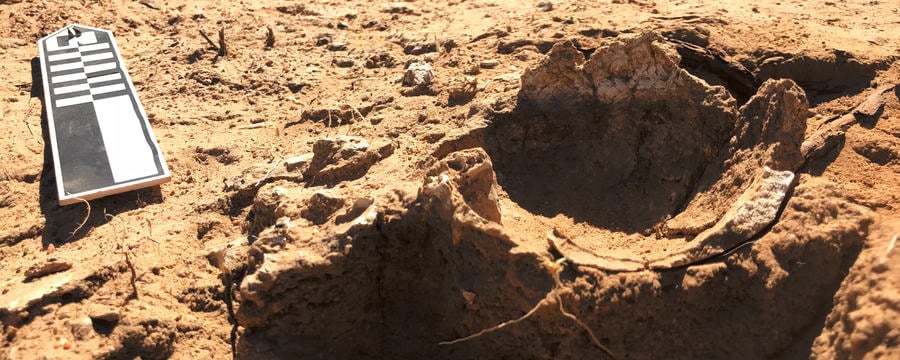Home / History / Ancient History / Written in Bone: An Introduction to Forensic and Bio-archaeology / Using Carbon 14 to analyse human skeletal remains
This article is from the free online
Written in Bone: An Introduction to Forensic and Bio-archaeology


Reach your personal and professional goals
Unlock access to hundreds of expert online courses and degrees from top universities and educators to gain accredited qualifications and professional CV-building certificates.
Join over 18 million learners to launch, switch or build upon your career, all at your own pace, across a wide range of topic areas.




